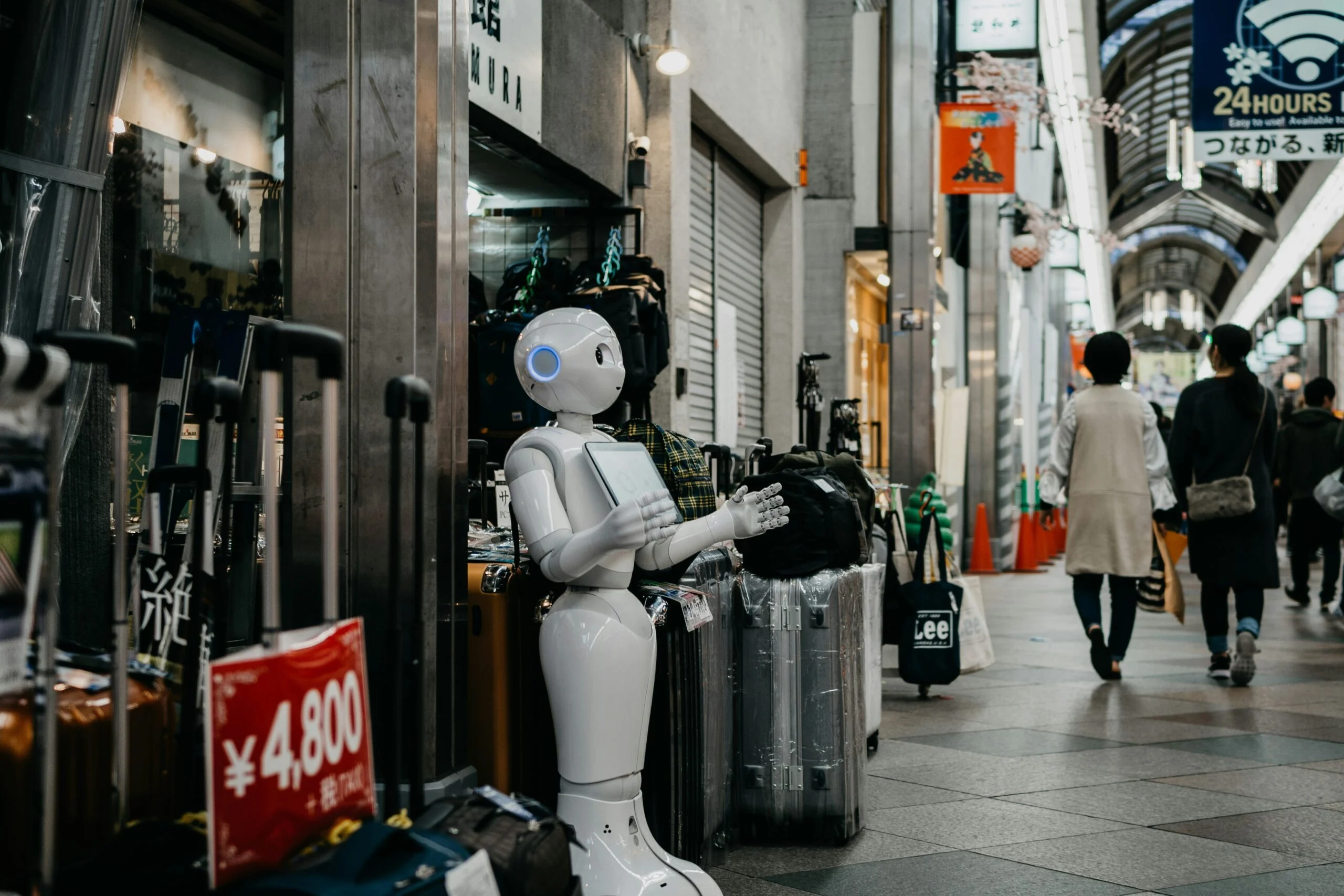
Unveiling Artificial Intelligence: Definition and Applications
In the ever-evolving landscape of technology, Artificial Intelligence (AI) stands out as a beacon of innovation and transformation. AI is not just a buzzword; it’s a pivotal force driving advancements across various sectors, revolutionizing the way we live, work, and interact with the world around us. This blog post delves into the essence of AI, explores its diverse applications, and sheds light on how it’s shaping our future.
What is Artificial Intelligence (AI)?
At its core, AI is a branch of computer science dedicated to creating systems capable of performing tasks that typically require human intelligence. These tasks include learning, decision-making, problem-solving, and language understanding. AI systems are designed to analyze environments, make decisions, and execute actions with minimal human intervention.
Key Components of AI:
- Machine Learning (ML): Empowers AI systems to learn and improve from experience without being explicitly programmed.
- Natural Language Processing (NLP): Enables machines to understand and interpret human language.
- Robotics: Focuses on designing and building robots to automate tasks.
- Computer Vision: Allows machines to interpret and understand the visual world.
Applications of AI
AI’s applications are as vast as they are revolutionary, touching nearly every aspect of our lives:
- Healthcare: AI is transforming healthcare through predictive analytics, personalized medicine, and robotics surgeries.
- Finance: It’s used in algorithmic trading, fraud detection, and personalized banking services.
- Transportation: AI powers autonomous vehicles, optimizing routes and improving traffic management.
- Manufacturing: Through predictive maintenance and robotics, AI enhances efficiency and reduces downtime.
- Entertainment: AI curates personalized content, enhancing user experience in streaming services and video games.
AI Tools: A Comparative Insight
When it comes to AI tools and platforms, several stand out for their innovation, usability, and impact:
- TensorFlow vs. PyTorch: TensorFlow offers an extensive ecosystem and deployment options, making it ideal for production environments. PyTorch, with its dynamic computation graph, is preferred for research and development due to its flexibility and ease of use.
- GPT (Generative Pre-trained Transformer) vs. BERT (Bidirectional Encoder Representations from Transformers): GPT excels in generating human-like text, making it a go-to for chatbots and creative writing. BERT’s strength lies in understanding the context of words in search queries, enhancing search engine results.
Disclaimer
The overview provided in this post is a snapshot of the rapidly evolving field of AI. The technologies, tools, and applications mentioned are subject to continuous development and are representative of the landscape as of 2024.
Conclusion
Artificial Intelligence is more than a technological marvel; it’s a testament to human ingenuity and a glimpse into the future of our interconnected world. As AI continues to evolve, so too will its impact on society, promising solutions to some of our most pressing challenges and opening doors to uncharted territories of innovation and creativity.
Hashtags: #ArtificialIntelligence #MachineLearning #FutureTech #Innovation #AITools #SmartTechnology #Robotics #NLP #ComputerVision #DigitalTransformation

